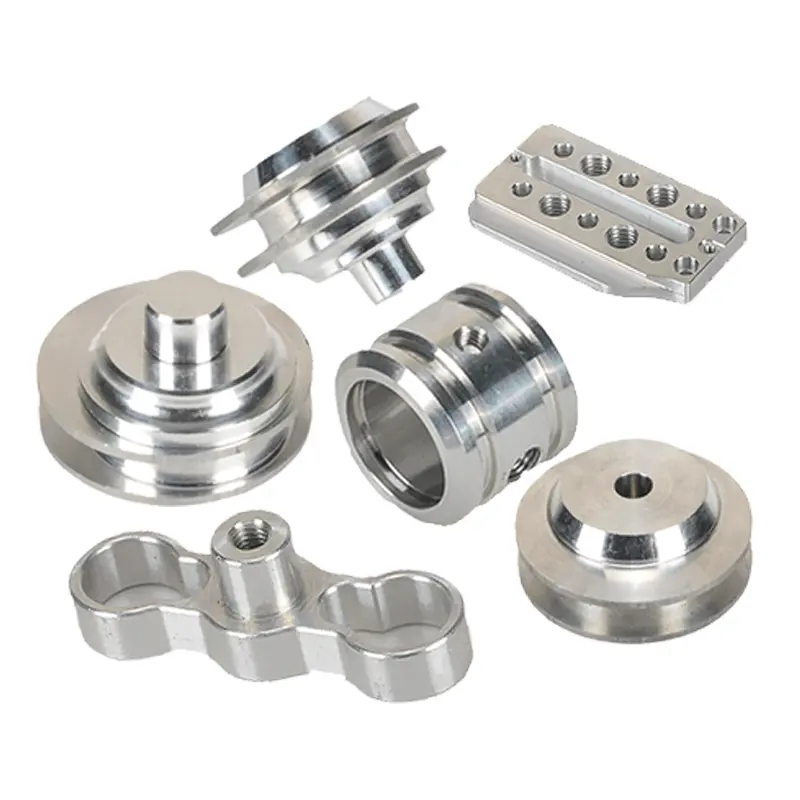

Time:2025-06-23 Views:1

CNC (Computer Numerical Control) devices serve as the core control units in modern manufacturing, integrating computer technology, automation, and precision mechanics. Their primary functions revolve around translating digital design data into precise mechanical movements, ensuring high accuracy and efficiency in machining processes.
First,program interpretation and execution is fundamental. CNC devices read G-code or M-code programs from storage media (e.g., USB drives or cloud systems) and decode these instructions into commands for axes (X, Y, Z, etc.) and machine components (spindles, coolant systems). This involves real-time processing of complex mathematical algorithms to calculate tool paths, speeds, and feeds, ensuring seamless coordination between different machine parts.
Second,motion control is a critical function. CNC devices manage the precise movement of linear and rotational axes using servo motors and feedback systems (e.g., encoders or linear scales). They implement control strategies like PID (Proportional-Integral-Derivative) to minimize positioning errors and maintain constant velocity during cutting, which is essential for producing components with tight tolerances (e.g., aerospace parts or medical devices).
Third,tool and process management ensures optimal machining conditions. CNC devices control tool changers to automatically switch between cutting tools based on program instructions, reducing downtime. They also monitor real-time parameters such as spindle load, temperature, and vibration, adjusting feeds or speeds to prevent tool wear or machine damage. For example, if a tool breaks, the system can trigger an immediate halt and alert the operator.
Additionally,safety and diagnostics are integral. CNC devices enforce safety protocols, such as hard and soft limits to prevent axes from exceeding physical boundaries, emergency stop mechanisms, and interlocks to ensure operations like tool changes only occur when safe. Built-in diagnostic systems continuously monitor hardware and software health, logging errors and providing troubleshooting guidance to minimize downtime.
Lastly,communication and integration capabilities allow CNC devices to connect with other factory systems. Through protocols like Ethernet/IP or Modbus, they exchange data with ERP (Enterprise Resource Planning) systems, MES (Manufacturing Execution Systems), or IoT platforms, enabling smart manufacturing features like predictive maintenance, real-time production tracking, and remote monitoring.
Read recommendations:
action camera cage Wholesale price
5 Axis Cnc Machining Custom Cnc Machining Manufacturer
motorcycle camera mount Accessories